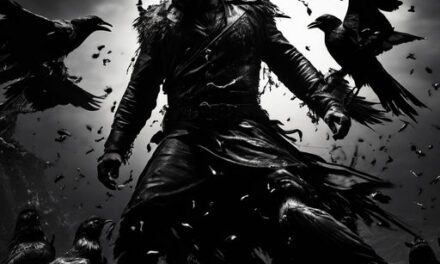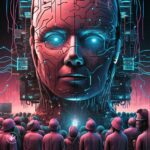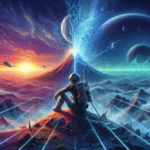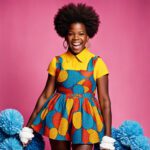by Edmund J. Janas, II
Artwork co-created between Edmund and DALL·E 2 – This may be the world’s second Short Story Illustrated by AI and a human, followed by The End of the World According to Animals.
Synopsis: Eesa Chondra is recruited by the US Strategic Command to lead a mission to make contact with an intelligent species living on the other side of a wormhole. Accompanied by two android assistants and Saria, a young cadet, they descend into the wormhole, encountering bioluminescent life and finally arriving in Dualia. They are greeted by the Dualians, who communicate with them telepathically. Eesa and Saria establish a rapport with the Dualians and learn that they are two distinct species of humanoids, one that lives on land and one that inhabits their oceans. The Dualians...
The First Contact: Into Dualia Rev. 1

















